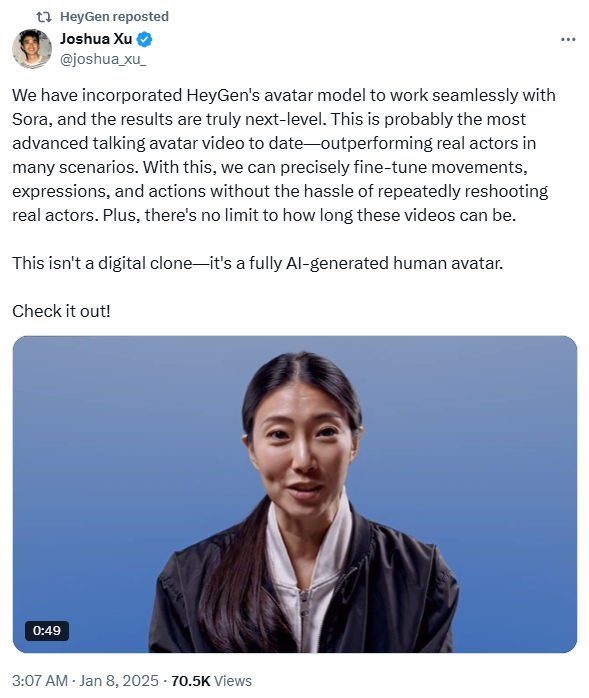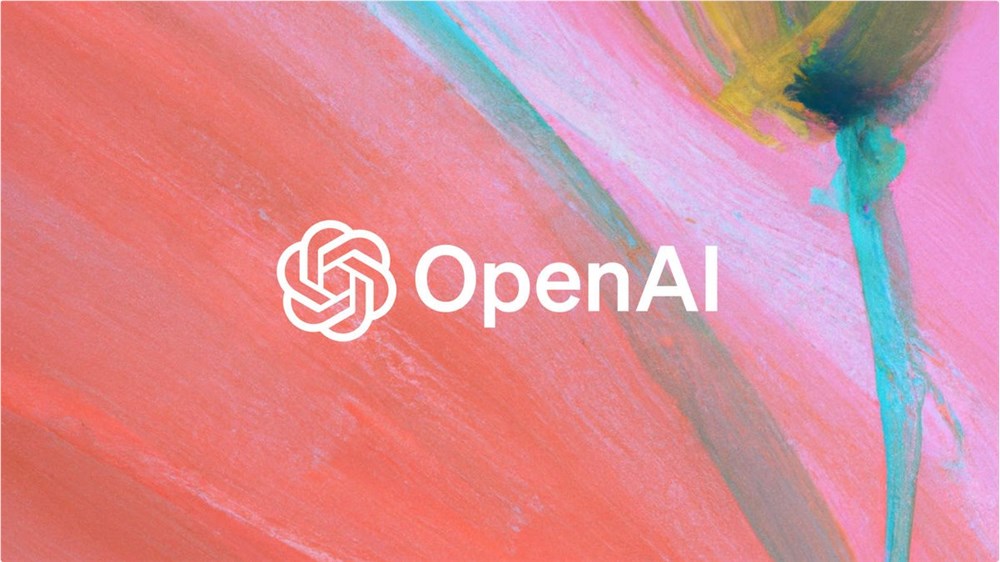Recently, HeyGen announced the integration of its digital human model with OpenAI's Sora model, sparking widespread attention in the industry. This technological breakthrough signifies that we are about to witness an unprecedented era of "talking virtual avatars" in videos powered by artificial intelligence. These virtual avatars can seamlessly blend into scenes generated by Sora and, in some aspects, surpass the performances of real actors, opening up limitless possibilities for video creation.

Traditionally, video production has relied on real actors, which not only incurs high shooting costs but also involves cumbersome post-production adjustments. Now, with the powerful collaboration between HeyGen and Sora, this situation is set to change dramatically. The advantage of the new technology is that users can precisely fine-tune the actions, expressions, and postures of virtual avatars without needing to reshoot multiple times as in traditional filming. This high degree of flexibility significantly shortens the video production cycle and reduces costs. Even more exciting is that the length of these videos is no longer limited, allowing users to freely create longer works.
Unlike previous digital cloning technologies, the virtual avatars introduced by HeyGen are not based on real individuals but are entirely new virtual characters generated by artificial intelligence. This means that these virtual avatars possess greater plasticity and creativity, catering to various video needs.
For instance, in the field of education, various virtual teachers of different ages and backgrounds can be created; in the entertainment sector, virtual idols with diverse styles can be crafted. In summary, this technology will completely transform our approach to video content creation, and in the future, we may witness more exciting works led by artificial intelligence.
The application prospects of this technology are extremely broad. It will not only revolutionize video content creation but also impact various industries such as advertising, marketing, virtual reality, and gaming. Although this technology is still in its early stages of development, the potential it demonstrates is already enough to make us look forward to a more intelligent, creative, and personalized era of video content. Perhaps in the near future, it will be challenging to distinguish whether the characters in videos are real people or generated by artificial intelligence.





